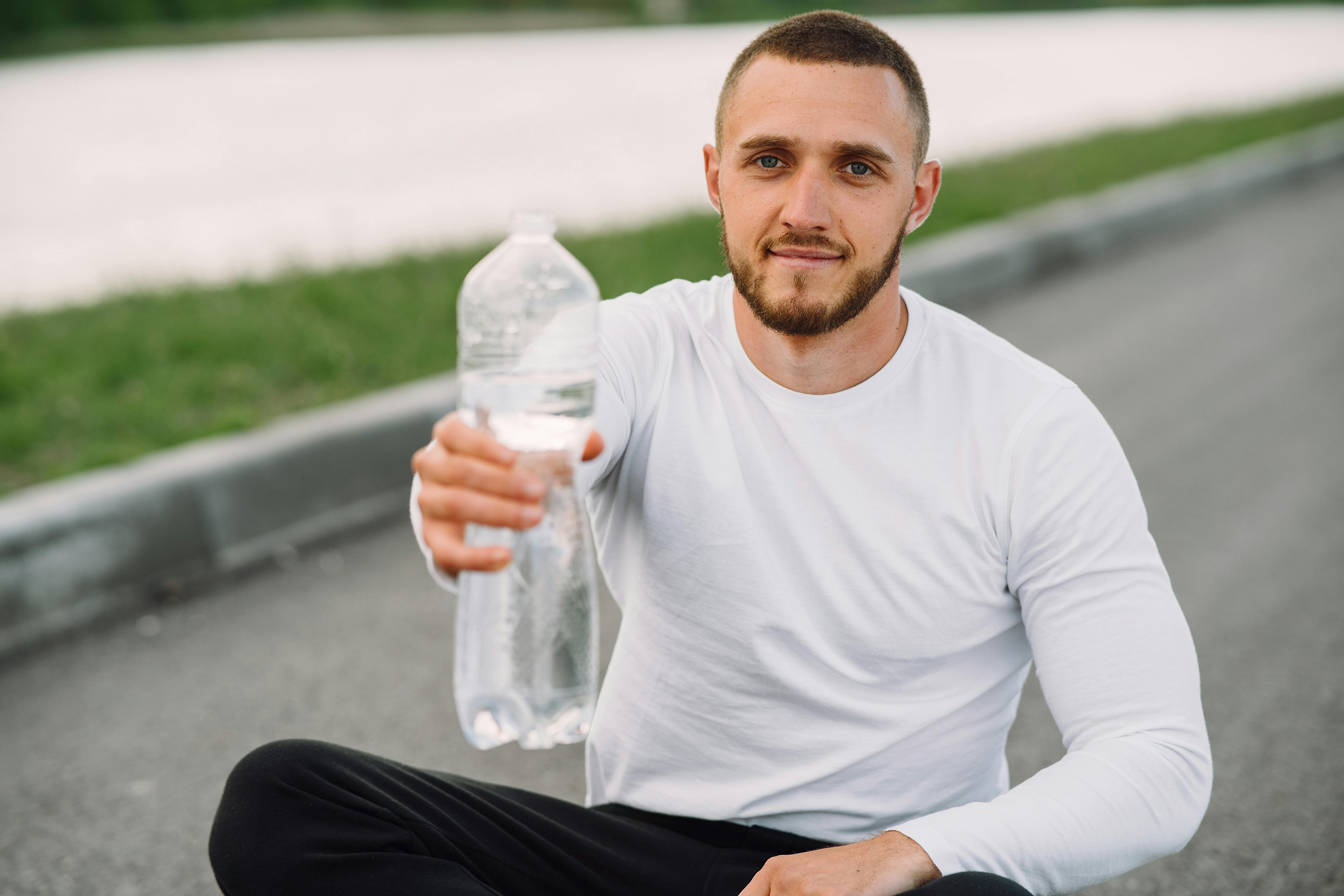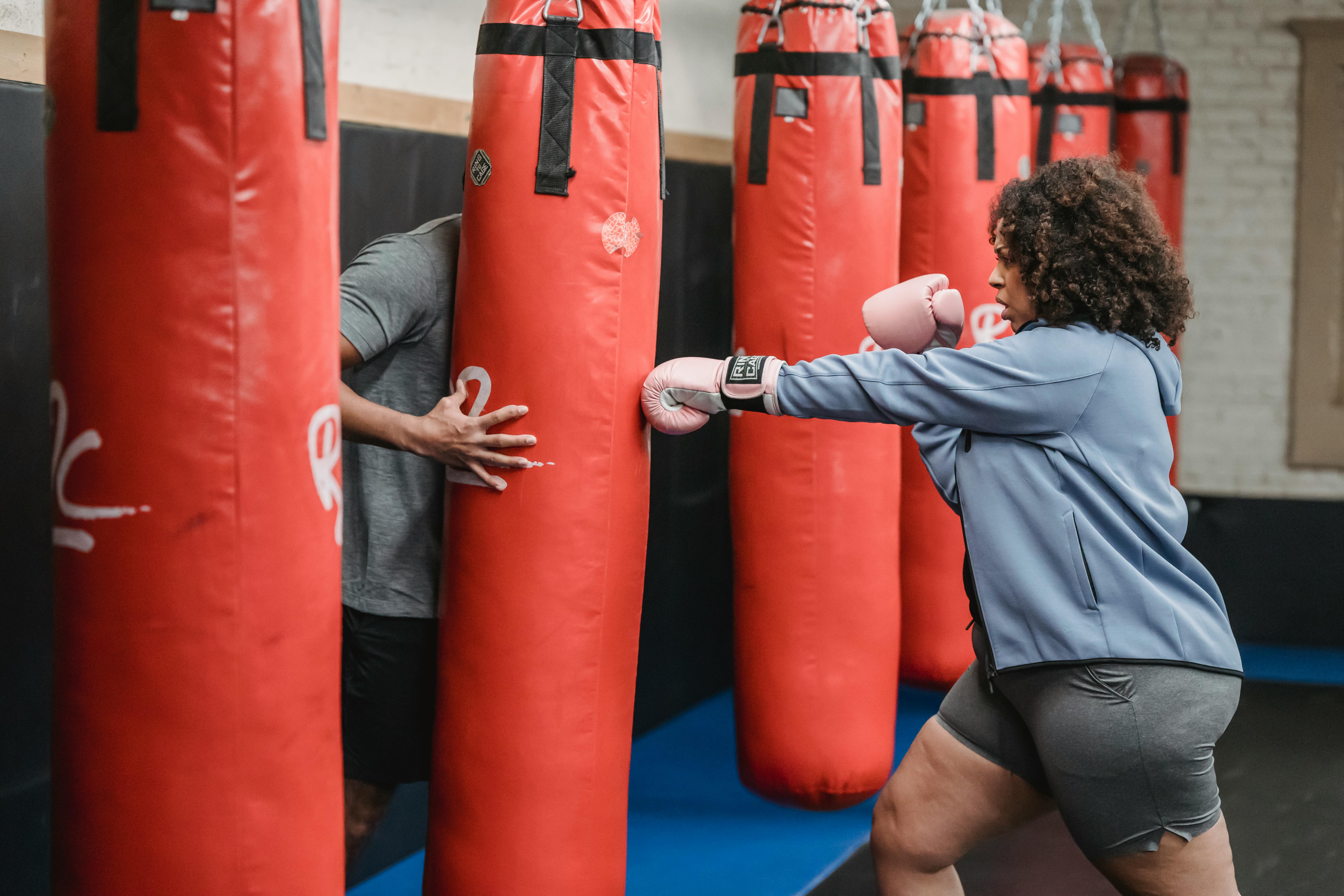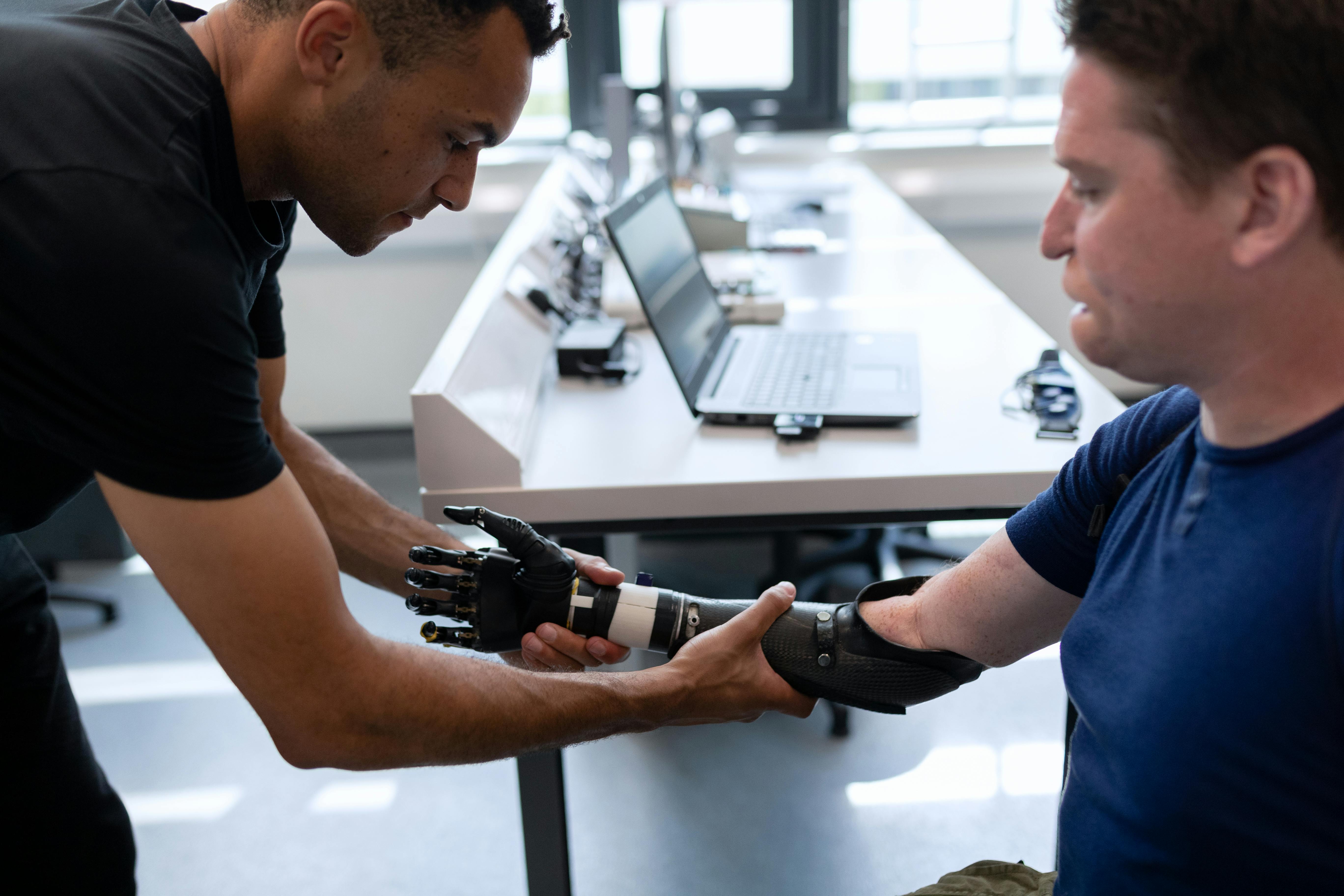
Every fit guy who has ever been in action movies wants big arms or has wanted big arms at some point in their lives. In fact, most guys work out their arms first when they first join the gym, it’s just one of those testosterone driven things that hasn’t been seeded by evolution if you believe that sort of thing. Big arms are a sign of masculinity and guys like to show how alpha they are by the size of their arms.
The mistakes we make when it comes to building big arms
One of the first workouts we do when we first join the gym is the biceps curl; It doesn’t really matter if it’s the barbell or the dumbbell curl. We are under the misconception that doing bicep curls is all it takes to build monster arms. Yes, at first your biceps will respond and grow because of the beginner gains (anything you do at this point stimulates growth since you weren’t used to it), but soon the beginner gains stop and you have to find other ways to achieve growth and you will Notice that your arms are not as big and thick (in width) as you would like them to be.
The other thing we don’t do is we don’t work other body parts, which is a really bad move because if you want to look part and proportional you have to work other body parts. Imagine Arnold without his big chest and shoulders to back up his huge arms, he wouldn’t have looked the part and definitely wouldn’t have won the Olympia or landed the role of Conan the Barbarian.
The third thing we do is we overtrain and don’t give our muscles enough time to recover and grow by doing the same workouts and working the same body parts day after day. At first, these are usually your biceps, so you don’t get the maximum growth you expect from the amount of work you put in.
And finally we don’t eat well (healthy) or drink enough water but drink too much coffee, juice (not fresh juice), soft drinks and alcohol. Drinking colas and the like all day long won’t do you any good, and drinking beer (too much, as in binge drinking for college and high school kids) is counterproductive. Drinking water will do you a lot of good. Eating junk food will not help you build lean muscle mass, in fact, since you will eat more because you exercise, eating junk food will also increase the amount of fat you gain.
How to get big arms:
Getting big arms is more than just training your biceps, it’s about training your entire arm, which includes your triceps as well, if you work out your triceps, your arms will be bigger because your triceps are bigger than your biceps (haven’t you ever wondered ever? why triceps have ‘tri’ and biceps ‘Bi’ as a prefix).
Also, you should train the big parts of the body as this will help make your arms bigger because training the big parts of the body like your back and legs helps to release hormones that make you grow bigger and help you be stronger. This can be done by doing exercises like squats and deadlifts that train the entire body.
A guy with big arms and no chest and shoulders never looks good, so it’s best for you to focus on those parts of the body as well, it will not only make you look better, stronger, but it will help the other parts of the body as well. body to recover because you will train each body part on a separate day. This helps to avoid overtraining, your body will get enough rest and recover and grow.
Drinking plenty of water will allow your blood volume to increase and improve the transport of nutrients throughout your body. Proper nutrition will ensure that you minimize fat gain and maximize muscle gain because your diet will help repair and build new muscle cells.
So you’ll see that getting big arms isn’t just about curling weights, there are other factors that influence whether and how much you grow in terms of fat and muscle gain. If you follow these guidelines to grow your arms, you will notice the difference in your body and strength levels in the weeks to come.








